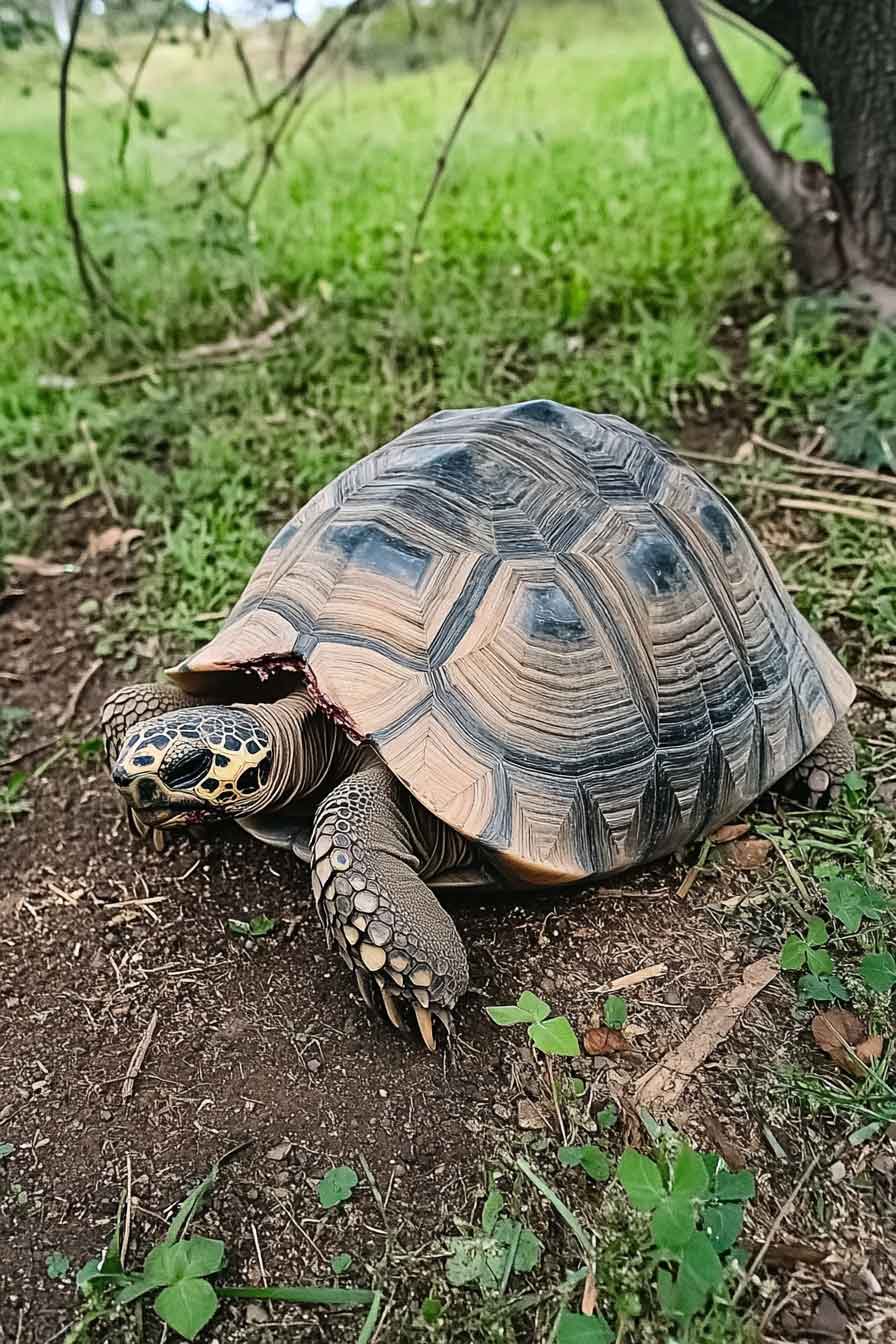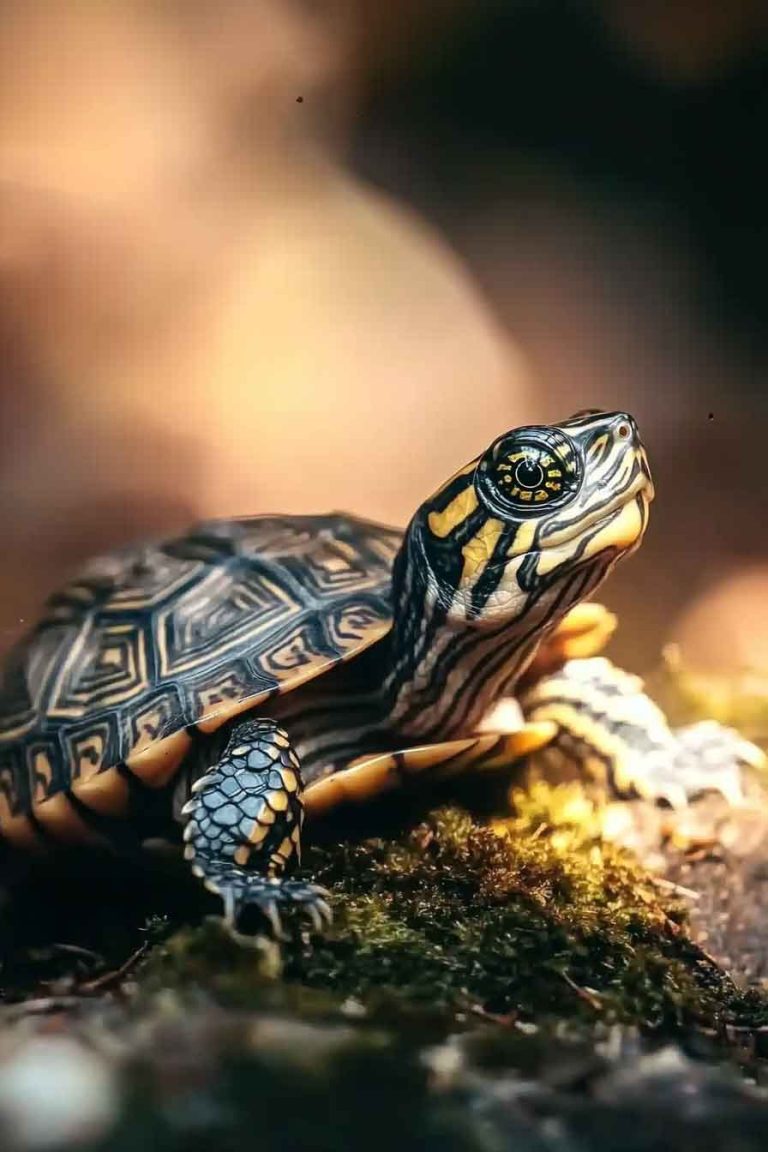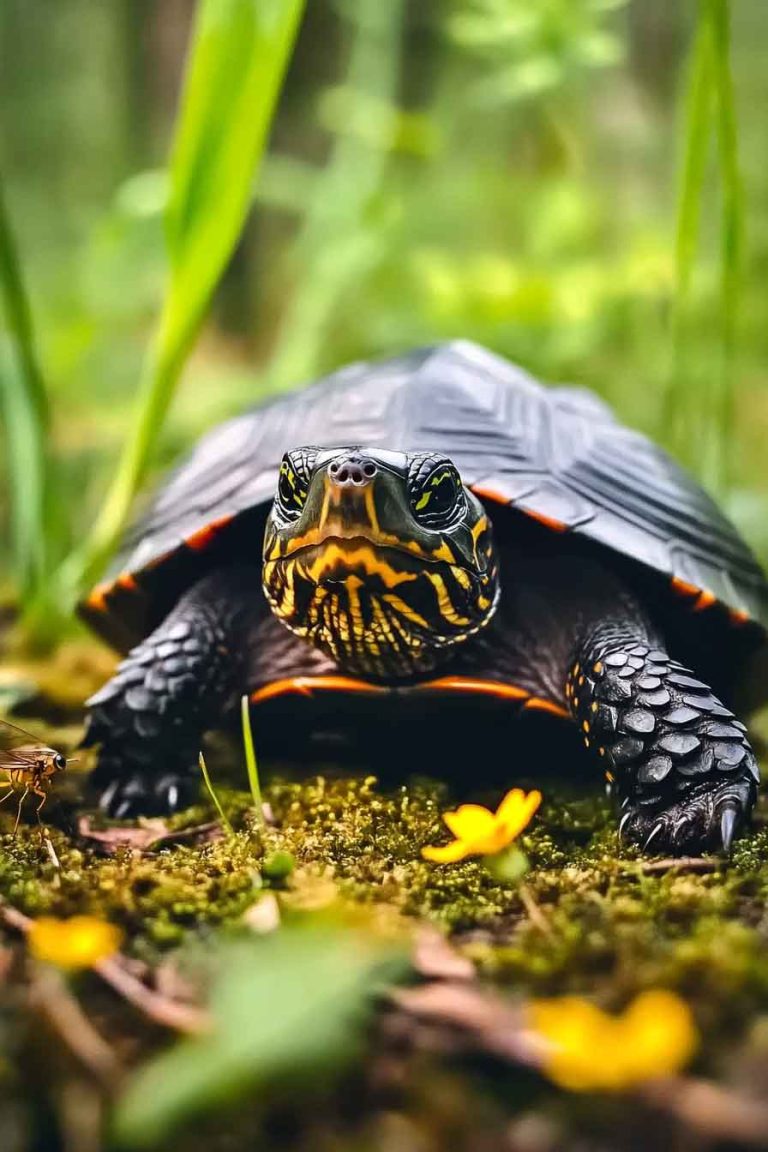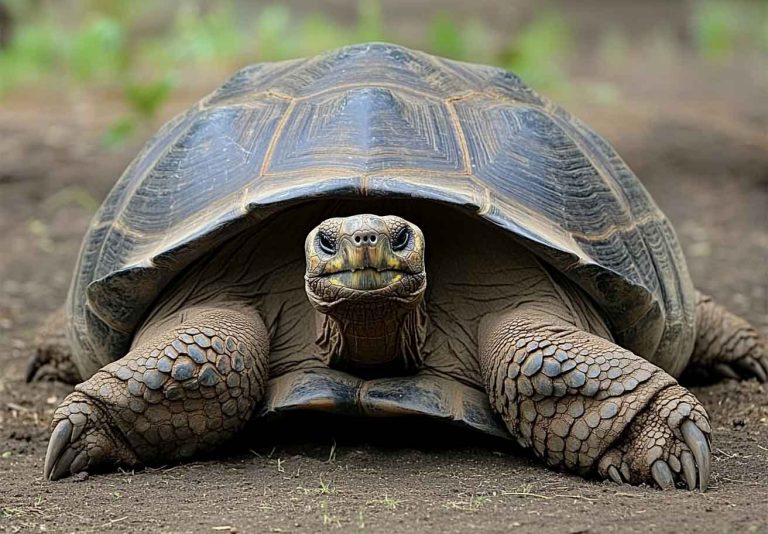Turtle Bleeding From Mouth, Tail, Or Nose? Here’s How To Help
Finding blood in your turtle tank is one of those moments that makes your heart stop. I still remember the first time I saw a reddish smear near my turtle’s basking dock—my immediate thought was: is this blood? Is my turtle hurt? After years of turtle keeping, I can tell you this: bleeding is never…
Finding blood in your turtle tank is one of those moments that makes your heart stop. I still remember the first time I saw a reddish smear near my turtle’s basking dock—my immediate thought was: is this blood? Is my turtle hurt? After years of turtle keeping, I can tell you this: bleeding is never normal. But the good news is, it’s often treatable—if you act quickly and correctly.
In this guide, I’ll walk you through the most common reasons turtles bleed from their mouth, tail, or nose, based on my own experience and what I’ve learned from reptile vets. We’ll talk about what each type of bleeding might mean, when to worry, and what steps you need to take immediately.
Let’s break it down one area at a time.
Is It Normal for a Turtle to Bleed?
No—it’s not. Turtles don’t bleed unless something is seriously wrong. Unlike small cuts on mammals, a little blood in turtles is often a red flag pointing to:
- Internal organ damage
- Severe external injury
- Parasitic or bacterial infection
- Prolapse or reproductive complications
Because turtles have a slow metabolism, they tend to hide symptoms for a long time. So when bleeding finally shows up? That’s usually your turtle’s body telling you something’s gone from “bad” to “urgent.”
When I noticed bleeding from my turtle’s tail a few years ago, I initially thought it might be a cut from the tank décor. But when I looked closer and saw swelling, I realized it was a prolapse—and I had to get help fast.
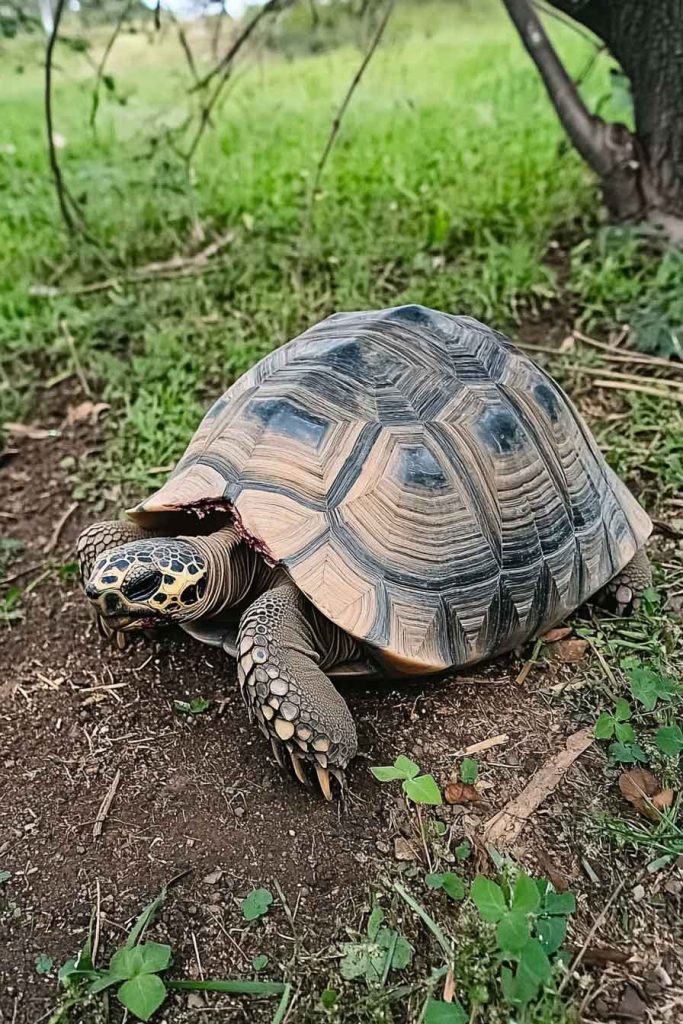
Turtle Bleeding From the Mouth
Bleeding from the mouth is rare—but when it happens, it’s often one of the most serious signs of internal distress.
What It Might Mean:
- Mouth Infection or Ulcers
Look for redness, swelling, or yellowish-white patches around the mouth or tongue. This usually develops from poor water quality, a soft diet, or vitamin deficiencies (especially Vitamin A). - Foreign Object or Injury
Sometimes, turtles bite tank décor or accidentally chew something sharp. This can lead to bleeding, especially if the gums or tongue are torn. Hatchlings are especially curious and can try to eat gravel or decorations. - Internal Bleeding or Organ Damage
Blood in the mouth with no visible injury might indicate damage to internal organs—such as the liver or gastrointestinal tract. This can be caused by infection, parasites, or trauma (like falling off the basking dock). - Aggressive Feeding Injury
I’ve seen this happen when turtles are fed live prey or large, hard-shelled food items. They sometimes injure their mouth while trying to bite too hard or too quickly.
Signs to Watch Alongside Mouth Bleeding:
- Refusal to eat or chewing oddly
- Thick mucus or stringy saliva
- Bubbles from the mouth or nose
- Weakness or head drooping
- Blood-tinged water after feeding
What I did: The first time I saw blood near my turtle’s mouth, I removed all tank décor with hard edges, switched to a soft pellet diet, and cleaned the tank immediately. I also booked a vet appointment, where they diagnosed a bacterial infection that needed antibiotics and mild topical treatment.
Turtle Bleeding From the Tail
When a turtle bleeds from the tail, it’s especially concerning—because the tail area is connected to multiple sensitive systems, including the reproductive organs, digestive tract, and cloaca. I’ve personally dealt with tail bleeding twice, and both times it meant something urgent was going on.
Here’s what I’ve learned from experience and vet advice about why a turtle might bleed from the tail, and what to do about it.
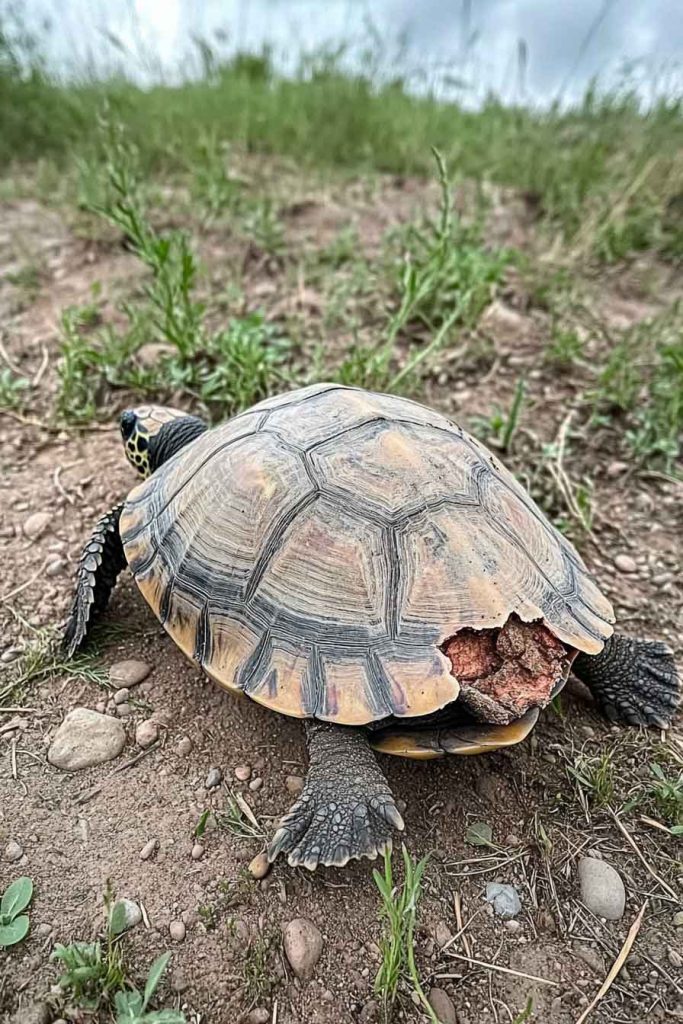
1. Cloacal Prolapse
This is one of the most common and serious causes of tail bleeding in turtles. A cloacal prolapse happens when the turtle’s internal tissue (intestine or reproductive parts) pushes out through the vent (the opening under the tail).
What it looks like:
- A pink or reddish mass protruding from the vent
- Blood on the dock or in the water
- Turtle constantly straining or rubbing its rear
- Lack of appetite or weakness
My experience: My male slider prolapsed after eating too many shrimp and struggling to pass waste. He was bleeding from the vent and kept rubbing himself on the tank bottom. I isolated him immediately and called a reptile vet—he needed a topical anti-inflammatory and gentle rehydration before the tissue could be reinserted safely.
2. Mating Injuries or Aggressive Tankmates
If you keep more than one turtle, especially males and females, aggressive mating behavior can lead to tail injuries. Biting or chasing can cause bruising, skin tears, or bleeding near the vent or base of the tail.
What to look for:
- Torn or damaged tail skin
- Bleeding with no swelling or prolapse
- One turtle harassing the other constantly
What I did: After separating my male and female sliders, the bleeding stopped. I now only allow brief supervised interaction, and I watch closely for signs of aggression.
3. Egg Binding in Females
Female turtles—yes, even those without males—can develop and retain eggs. If they can’t lay their eggs (called dystocia), they may strain excessively, leading to bleeding from the vent or tail.
Symptoms:
- Restlessness or digging behavior
- Tail bleeding and straining
- Refusal to eat
- Staying on the basking dock all day
One of my females went through this—she hadn’t laid eggs after weeks of nesting behavior. When I noticed blood in the water, I gave her a separate laying area with moist soil and warmth. She laid the eggs within 24 hours, and the bleeding stopped. If that hadn’t worked, I would’ve gone straight to the vet.
4. Parasitic or Bacterial Infections
In some cases, internal parasites like worms, or severe gastrointestinal infections, can cause internal bleeding that comes out through the vent. This usually shows up with stringy red poop, lethargy, or weight loss.
If you suspect parasites, isolate the turtle, disinfect the tank, and get a vet to do a fecal exam. I had one case like this, and a short course of dewormer (Panacur) cleared it up.
What To Do If Your Turtle Is Bleeding From the Tail
- Isolate the turtle immediately in a clean, shallow hospital tank
- Do a visual check for prolapse or visible trauma
- Clean the vent area gently with warm, dechlorinated water
- Keep water shallow and clean to avoid infection
- Do not push anything back inside—leave that to a vet
- See a vet within 24 hours if bleeding continues or you see swelling, tissue, or ongoing distress
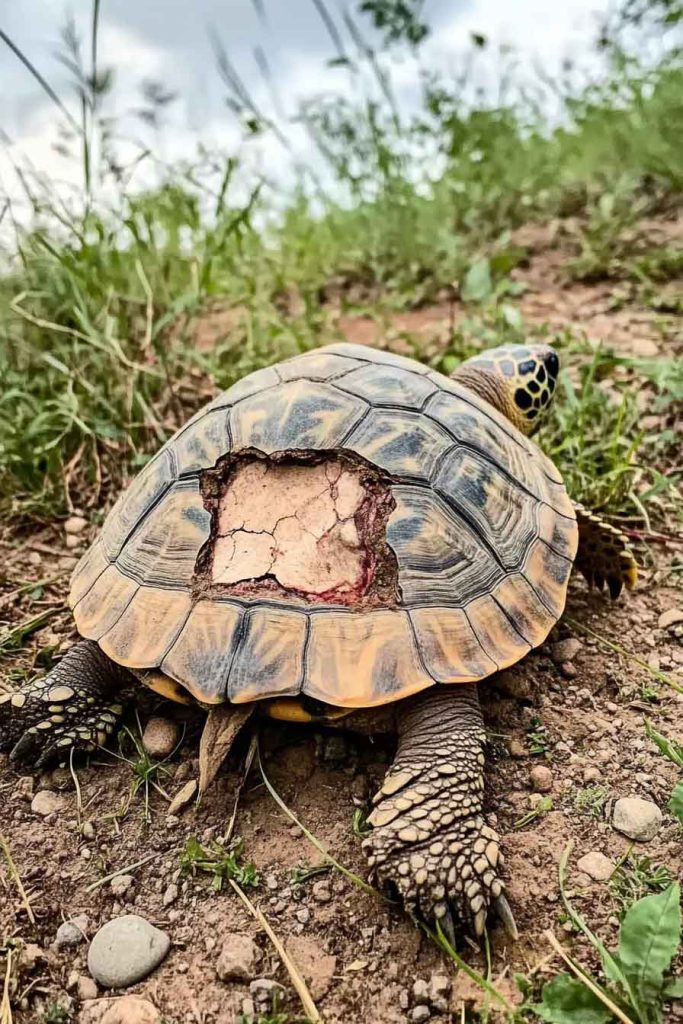
Turtle Bleeding From the Nose
Nosebleeds in turtles are rare—but when they happen, they’re often a symptom of something going very wrong internally. The nose is connected to the respiratory and circulatory systems, so even a small amount of blood could point to infection, trauma, or worse—organ failure.
I’ve only had this happen once, and it turned out to be more serious than I initially thought.
Causes of Nose Bleeding in Turtles
Let’s go through the most likely reasons your turtle might bleed from the nostrils:
1. Respiratory Infection
Turtles with respiratory infections often produce thick mucus or bubbles from their nose—but if the infection becomes severe, you might see blood mixed in.
Signs to watch for:
- Wheezing, clicking, or labored breathing
- Head tilting or lopsided swimming
- Frequent yawning or stretching the neck
- Lethargy, loss of appetite
- Thick or reddish nasal discharge
When I saw blood and mucus from my turtle’s nostril, I knew it wasn’t just “tank dirt.” A vet confirmed it was pneumonia, and my turtle needed antibiotics (injections, not oral), warmth, and complete tank sanitation.
2. Head or Nose Trauma
If your turtle hit its face against a hard surface—like glass, décor, or while trying to escape the tank—it can lead to nosebleeds.
What I’ve seen: An overstimulated male turtle rammed the tank wall repeatedly during breeding season. I had to soften tank edges with foam padding and reduce stimuli.
3. Organ Failure or Septicemia (Blood Poisoning)
This is less common, but in severe systemic infections, turtles can develop internal bleeding that exits through the mouth, nose, or vent. Blood from the nose combined with swollen eyes, soft shell, and weakness might point to this.
This requires urgent vet care. No home remedy can treat this stage safely. I always err on the side of caution if multiple symptoms stack up.
What To Do If Your Turtle Is Bleeding From the Nose
- Keep the turtle warm (water at 82°F, basking area around 90–95°F)
- Remove all sharp tank décor immediately
- Move your turtle to a hospital tank with shallow, clean water
- Minimize stress — no handling, feeding only soft food if eating
- Contact a reptile vet ASAP — especially if breathing sounds abnormal or blood continues
Final Words
Turtle bleeding—from the mouth, tail, or nose—is never something to ignore. Whether it’s from injury, infection, mating aggression, prolapse, or internal illness, your turtle is trying to show you something’s not right.
I’ve handled these issues firsthand, and I can tell you the most important things are:
- Observe closely – note exactly where the bleeding is coming from
- Act quickly but calmly – clean the environment and isolate if needed
- Don’t guess at treatment – when in doubt, get a reptile vet’s diagnosis
- Fix the root cause – because symptoms may go away temporarily, but the issue might come back stronger
Turtles are resilient, but they’re also quiet sufferers. The earlier you notice and act, the better your chances of a full recovery.
If your turtle is bleeding right now, please don’t delay. Get professional help and give your shelled friend the care they deserve.

